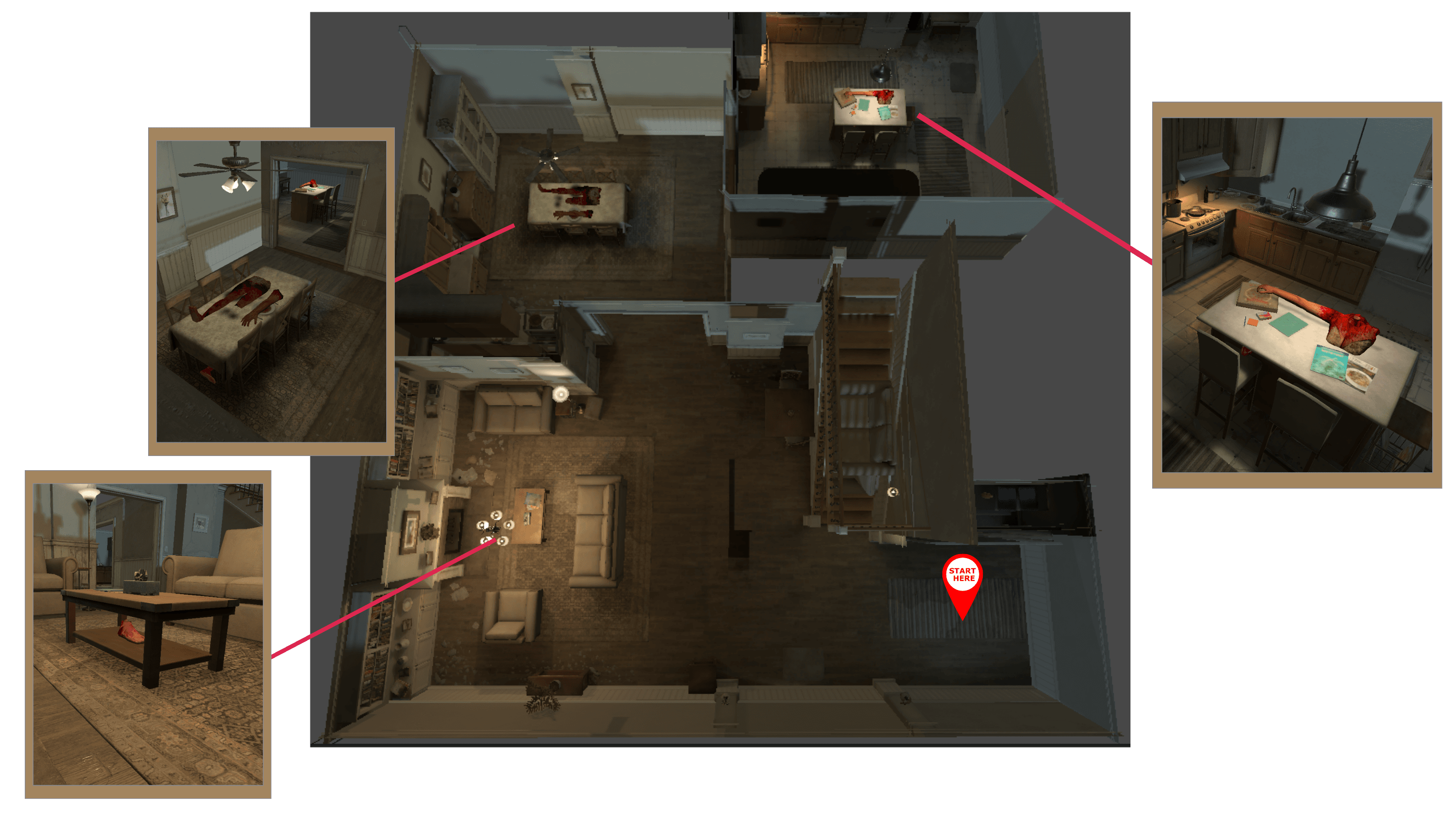Decision Making in Digital Twins with Various Display Environments
This project evaluated the effectiveness of three virtual display environments a single monitor, a tiled display, and a head-mounted display (VR), for decision-making in digital twins for building and facility management. Participants performed tasks in three simulated scenarios: detecting water leakage, identifying and extinguishing fires, and measuring objects. The results showed that the single monitor had the fastest average decision-making time, likely due to participants' familiarity with this setup. However, the head-mounted display ranked second in multiple tasks, despite most participants having little prior experience with it. This suggests that VR environments have strong potential for decision-making tasks that require spatial awareness, multiple perspectives, and realistic visualization.

Figure: The display environments for decision-making
Key findings from the project include:
- Single monitors provided the fastest decision-making time due to users' familiarity.
- Head-mounted displays (VR) performed well in several tasks, despite limited user experience.
- Tiled displays offered higher resolution but posed challenges such as synchronization overload.
- Decision-making tasks involving spatial understanding benefited from immersive VR environments.

Figure: The simulation scene of the Water Leakage task.

Figure: The simulation scene of the Fire task.

Figure: The simulation scene of the mesuring objects task.